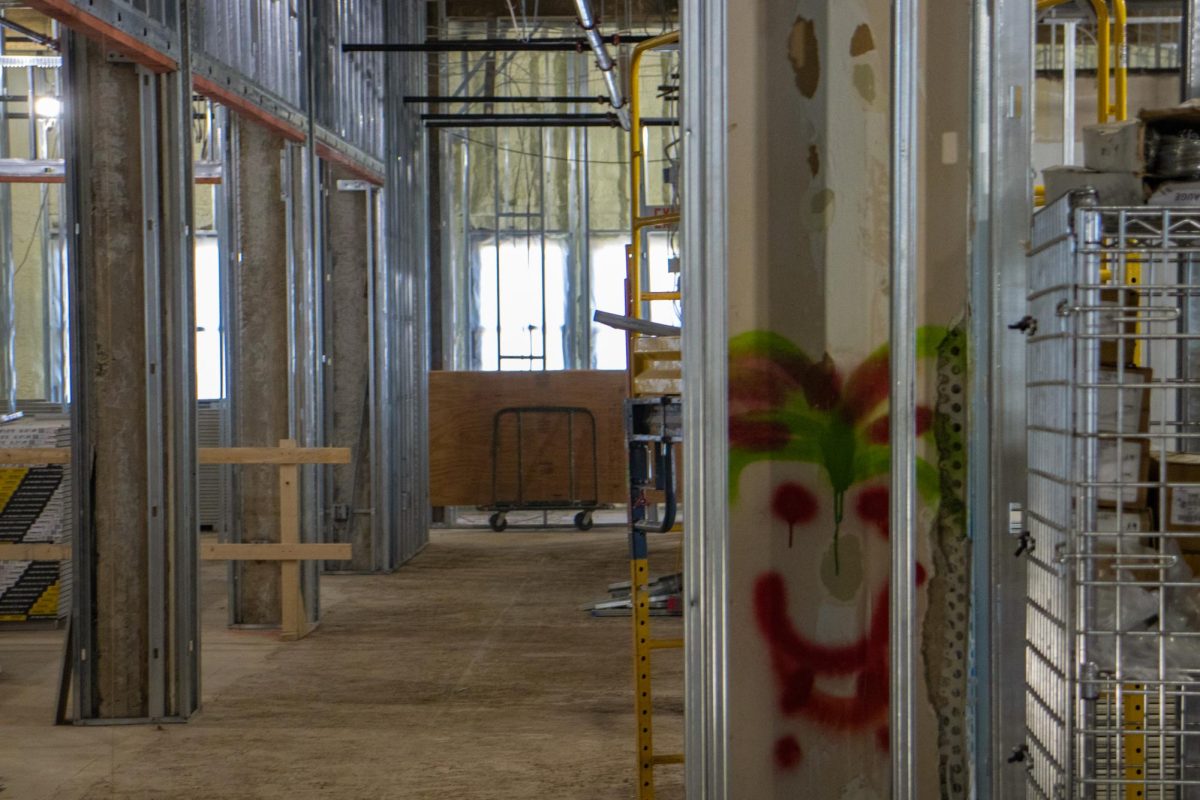On Life and Flowers: DC’s Cherry Blossom Festival
March 27, 2012
“Cherry blossoms are the symbol of Japan, so seeing them in full bloom in front of the Japanese embassy and downtown makes me feel incredibly proud,” said Japanese-American Ellie Yanagisawa, a sophomore at AU. “To me, they’re this symbol of mutual respect for each other’s country, people, and culture.”
According to Yanagisawa, the cherry blossoms embody the spiritual psyche of Japanese people. Spring signifies new birth and renewal of nature, yet the cherry blossoms also represent the fleeting nature of life.
“The cherry blossoms only come into bloom for a week, maybe two weeks out of the entire year,” Yanagisawa said. “The Japanese people see the trees’ intense ephemeral beauty, and enjoy the ‘now’ even more.”
This year marks the 100th anniversary of the gift of trees from Japan to D.C., and the National Cherry Blossom Festival has expanded its annual event to commemorate the centennial. For Danielle Piacente, the communications manager of the festival, seeing the celebration come to life is a delight.
“I love seeing all the people at the Tidal Basin and at National Cherry Blossom Festival events who are thoroughly enjoying themselves, who return year after year, and make it a family tradition. It’s so gratifying to see something that you work on all year long pay off,” Piacente said.
According to Piacente, about 100 of the original trees planted by Vice Countess Chinda, wife of Japanese Ambassador, and First Lady Helen Taft remain along the Tidal Basin, their gnarly and sturdy trunks emblems of history.
Eliza Ruhamah Scidmore, the first female board member of the National Geographic Society, began to lobby the U.S. Office of Public Buildings and Grounds in 1885, and persisted for 24 years that the trees be planted along the Potomac waterfront.
Dr. David Fairchild, a U.S. Department of Agriculture official, imported 25 different trees from the Yokohama Nursery Company in Japan. According to the U.S. National Arboretum, Dr. Fairchild planted trees on his own property in Chevy Chase, Maryland, to determine how the trees would fare along the Tidal Basin. He also shared trees with schools in the D.C. district.
In 1909, Eliza Scidmore convinced first lady Helen Taft to join the team of cherry blossom tree advocates. Mrs. Taft wrote on April 7th, 19019: “I have taken the matter up and am promised the trees, but I thought perhaps it would be best to make an avenue of them, extending down to the turn in the road, as the other part is still too rough to do any planting. Of course, they could not reflect in the water, but the effect would be very lovely of the long avenue.”
Meanwhile, Dr. Jokichi Takamine, a Japanese chemist, was in Washington visiting Mr. Midzuno, the Japanese consul in New York. Takamine heard of the plan and offered to give Mrs. Taft 2,000 trees. First Lady Taft accepted the donation, and the trees arrived on January 6th, 1910. Unfortunately the Department of Agriculture found the trees to be diseased and infested with insects and nematodes, according to the U.S. National Arboretum. The trees had to be burned to prevent spread of disease to local trees in the area.
Mr. Yukio Ozaki, the Mayor of Tokyo, saddened by the news, promptly offered a new donation of 3,020 trees.
On March 26th, 1912, the new trees arrived, representing twelve different varieties of cherry blossoms. First Lady Taft and Vice Countess Chinda got their hands dirty and planted the first two trees, which can still be found west of the John Paul Jones Memorial, commemorated with a bronze plaque.
From that simple ceremony grew an annual celebration of the gift of trees. Considered the Nation’s greatest springtime celebration, the 2012 National Cherry Blossom Festival has been extended to pack a full five weeks with musical and artistic performances, unprecedented museum exhibits, and other events free and open to the public from March 20th to April 27th.
The Festival attracts over one million people each year and brings in $126 million to D.C.’s economy, according to Piacente, who called it a “bucket list” event for many people.
“We have nature’s beauty working in our favor,” she said. “Once people are here, our events are changing and evolving each year, and that’s what keeps it fresh and exciting.”
Bright pink cherry blossom decals decorate metro stations, taxi cabs, and even buildings like the Newseum as part of the City in Bloom Campaign, designed to increase community engagement with the festival, Piacente said.
The avenue of trees that marked the friendship between the U.S. and Japan has witnessed some tumultuous times. According to the National Park Service, four cherry trees were cut down on December 11th, 1941 in apparent response to the Japanese attack on Pearl Harbor, Hawaii.
In 1952, in an effort to restore former friendship, the National Park Service sent budwood from the Japanese trees in D.C. to help restore the original source grove in Tokyo, which had been destroyed during WWII.
Since then, both sides have shared saplings and cuttings showing a mutual love for the trees that are a symbol of friendship between the two countries.
After last year’s earthquake and tsunami in Japan, D.C. residents reached out to the devastated country.
“Our hearts went out to the people of Japan,” Piacente said. “We used the Festival as a way to “Stand With Japan” as much as we could. The Festival was a conduit to bring people together who wanted to help, and we started fundraising efforts with the American Red Cross tsunami relief fund,” Piacente said.
Yanagisawa said that sakura matsuri, or the cherry blossom festivals, have helped Japan to heal after the March 2011 tsunami in many ways.
“I believe that the sakura trees show how life is unstable and anything could happen, but it goes on and the happy times and beauty will come back every year, just as the blossoms do,” Yanagisawa said.
Photo by Peter Lee via Flickr.


